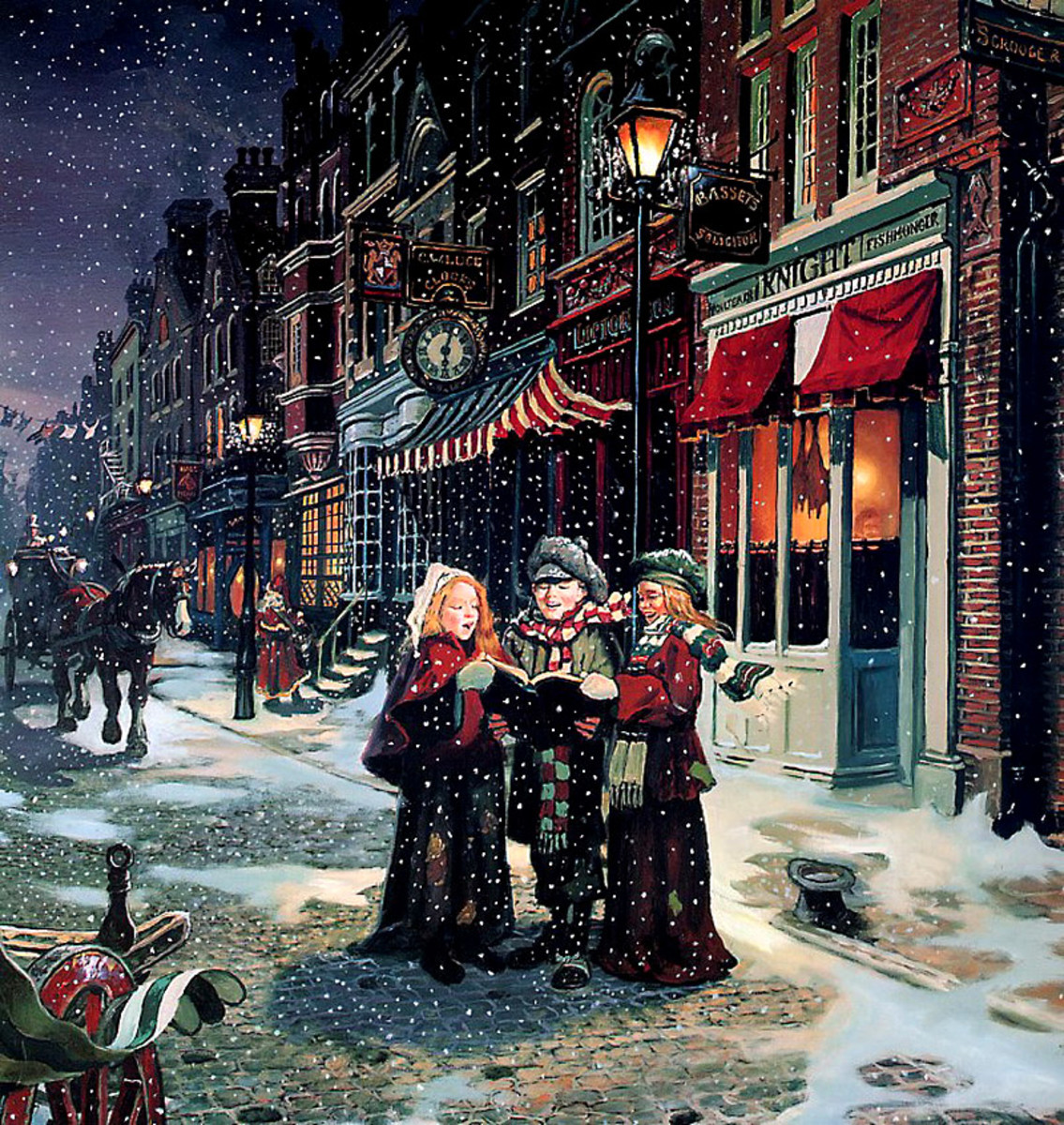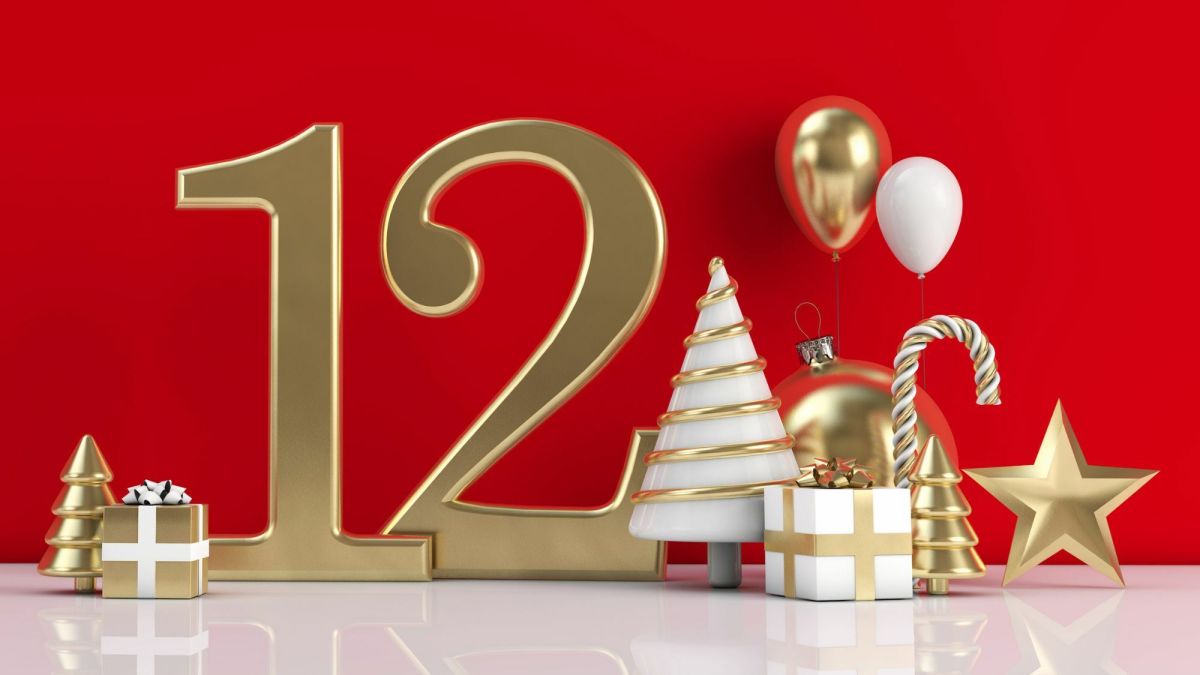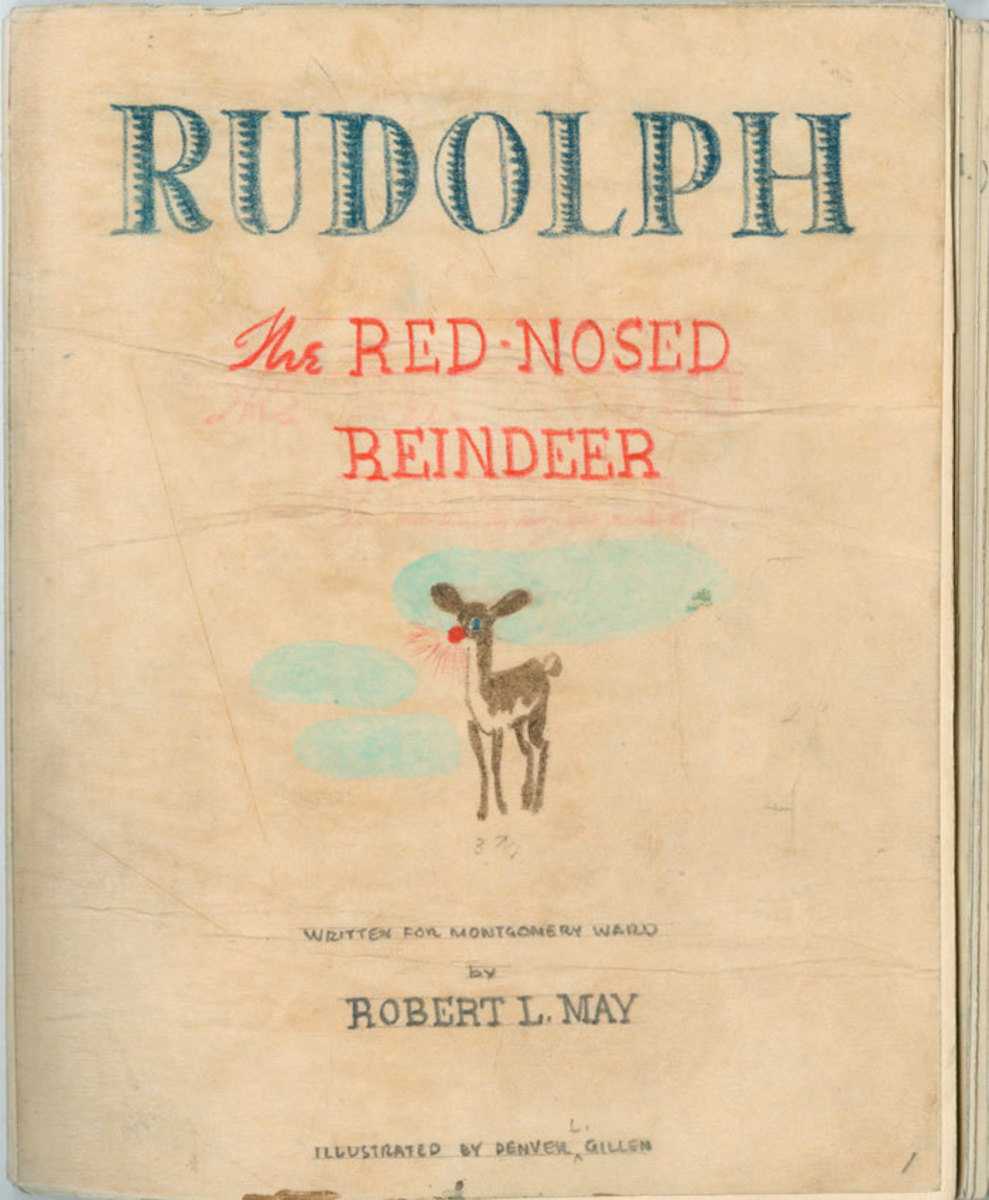Carols Aren't Just For Christmas
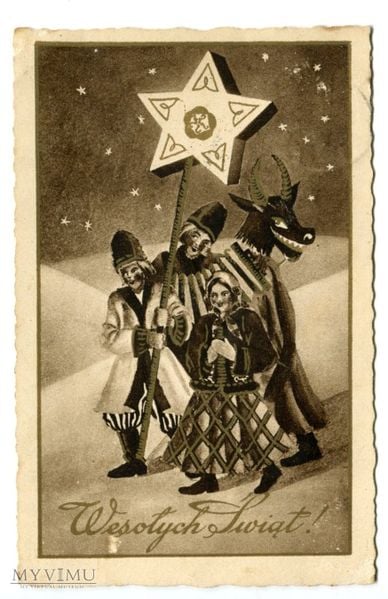
These days we associate carols largely with Christmas and celebrations centred around a religious theme, but that wasn't always the case.
Carols began their life as simple folk songs sung to celebrate pagan feast days. In the beginning they had little to do with established religions and were likely sung to mark the summer or winter solstice or to observe the passing seasons. The church only adopted carols into their bosom when it became obvious that people were going to sing them anyway. Carols were gradually absorbed into the church's own calendar, giving members of the public a place to gather and sing together, and giving the church a steady supply of customers.
Definition of a Carol
The Oxford Companion To Music defines a carol as:
"A religious seasonal song of joyful character, in the vernacular and sung by the common people."
While hymns are based on scriptural or theological concepts, true carols tend to be about more down-to-earth subjects expressed in everyday language.
Carols Were All Singing and Dancing
Traditionally, carols involved singing and dancing by ordinary people with basic musical accompaniment. As Christianity swept through Europe, however, these activities were viewed by members of the church with suspicion, probably due to their pagan origins.
Eventually carols became part of the church's stash of religious songs. The idea of the Christmas carol grew in part out of the practice of placing a crib in church during the festive season. The story of the nativity inspired many carols to be written, and the tradition of singing and dancing round the crib can be traced back to Italian church practices before the 13th century.
The period from 1400 to 1550 was the heyday of the English carol, by now evolved into a form of simple storytelling about the birth of Christ. Easter carols were also being written for the popular medieval mystery plays, with the earliest known example being the Coventry Carol.
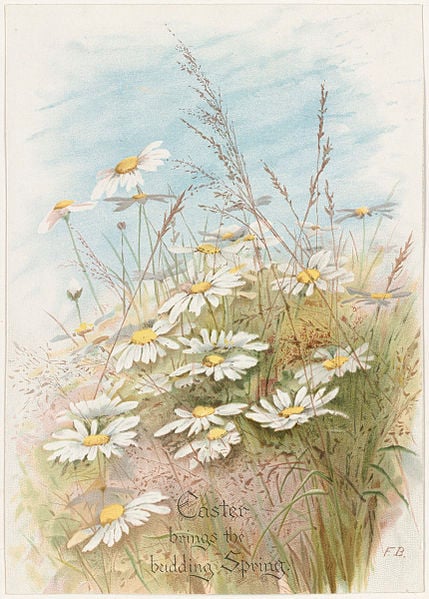
Carols at Easter
Carols today are mainly associated with Christmas, both because of the nature of the story they encapsulate (the Nativity) and because of the tradition that's grown up around them. In medieval times, however, this was not the case, and carols were just as popular throughout the year, with Easter being a particular favourite.
The Waits Carol is a good example, telling the story of Christ dying on the cross. J.M. Neale, an Anglican clergyman, also freely translated the German carol In Dulci Jubilo to become Good Christian Men, Rejoice - which looks ahead to Easter and Christ's ultimate redemption of mankind.
In Edwardian times it was not uncommon for people to send each other Easter cards. These often portrayed sentiments in line with the coming of spring. Spring is, of course, when the first lambs appear, and as Jesus is the Lamb of God the two ideas could easily coexist.
Carols are Folk Songs
Adam of St. Victor was a composer during the 11th and 12th centuries who wrote hymns and carols for various celebrations and festivals. The opening of one of his Easter carols shows the obvious link with spring and the theme of rebirth:
Now the world’s fresh dawn of birth
Teems with new rejoicing rife;
Christ is rising and on earth
All things with Him rise to life.
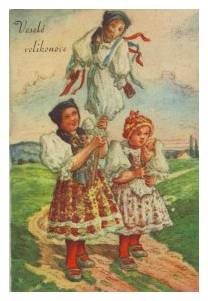
It should come as no surprise that carols were sung throughout the year, especially when we consider that carols were simply folk songs. As technology advanced, particularly in the Victorian era, publishers collected these folk songs and printed them on broadsides (penny sheets) for sale on street corners.
For one reason or another the singing of Easter carols gradually died out. Composers wrote oratorios instead of carols at that time of year, and the church preferred to incorporate carols in the telling of the Nativity during the Christmas season exclusively. The Victorians took Christmas to their hearts, helping establish or re-establish many of the traditions that are still in use today.




